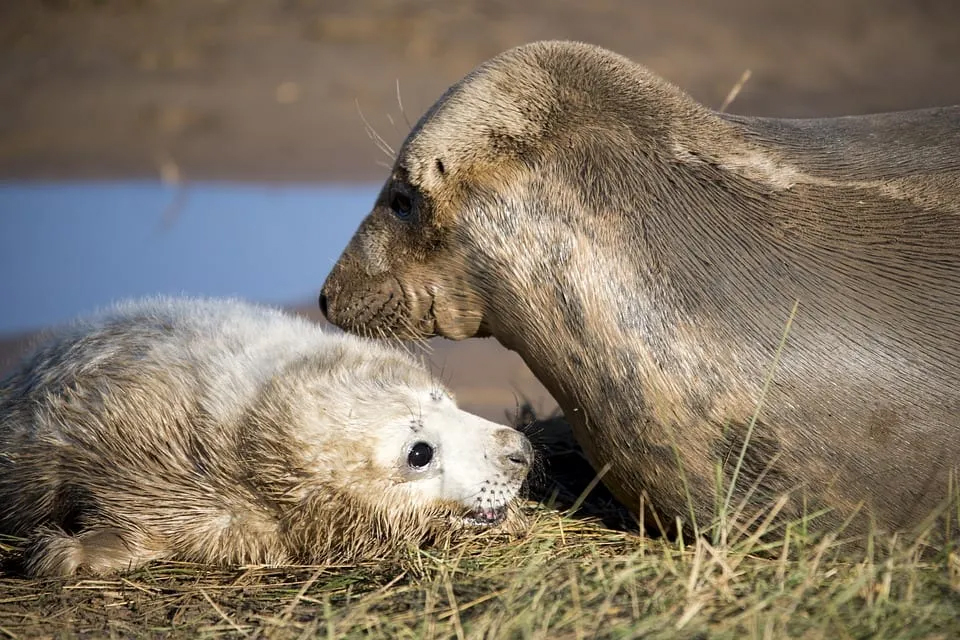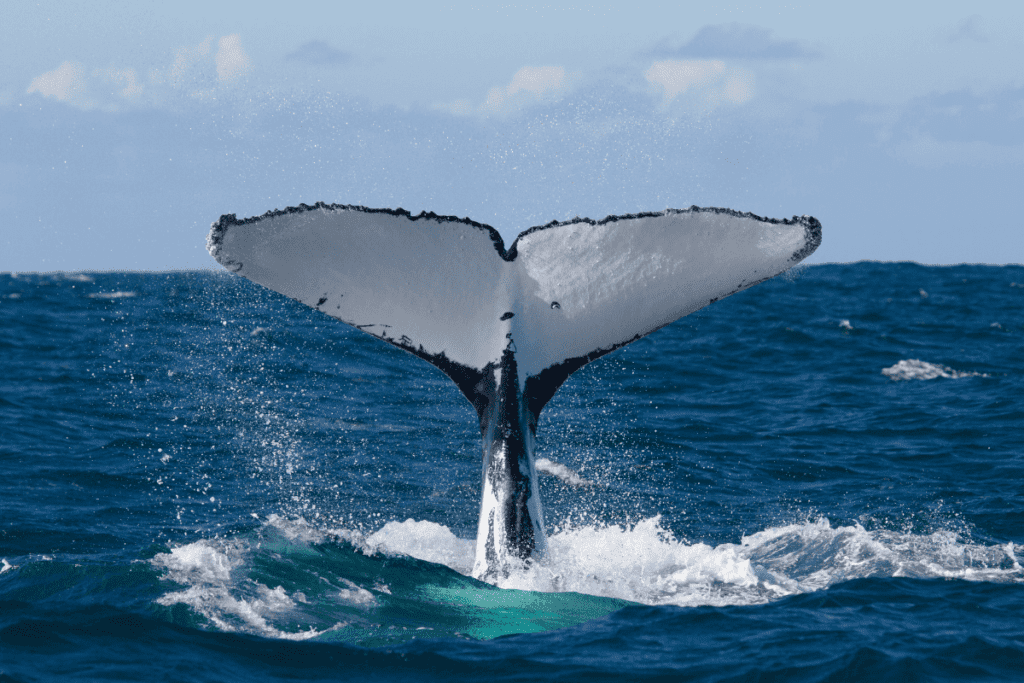Sharks have roamed seas for hundreds of millions of years, yet today over one-third of known shark species have a high risk of extinction. From habitat loss and climate change to fishing bycatch and illegal trade, the pressures they face are many – but there is hope.
In this guide, our marine scientists and crew at Padstow Sealife Safaris take you through the current data on endangered sharks, uncover what’s putting them at risk, and show how even small actions can help turn the tide.
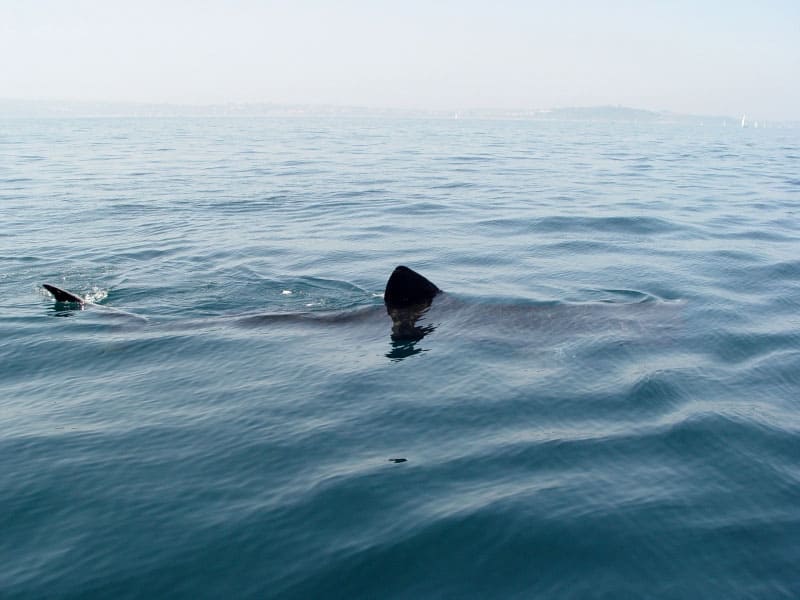
The Shocking Truth By Numbers: How Many Shark Species are Endangered?
Sharks and rays are some of the most fascinating and ecologically important creatures in the ocean. With over 1,250 shark species found across the world’s seas, and even in some freshwater systems, they play a key role in keeping marine ecosystems balanced by controlling prey populations and maintaining healthy food webs.
However, many sharks are in serious trouble.
Unlike most fish, sharks reproduce slowly, making it hard for their populations to recover from threats like overfishing. While shark finning often gets the most attention, it’s just one part of a much bigger problem.
Global Shark Species Statistics
Habitat loss, bycatch (accidental capture in fishing gear), and unsustainable fishing practices are major contributors to their decline. According to the International Union for the Conservation of Nature (IUCN), out of 1,199 shark and ray species assessed:
- 121 are listed as Endangered
- 90 as Critically Endangered
- 180 as Vulnerable
In total, 64 species urgently need stronger protections to avoid extinction. The good news? Over 40 countries have already banned shark finning, which is evidence that change is possible when awareness leads to action.
Most Critically Endangered Shark Species
Some of the most critically endangered shark species are teetering on the brink of extinction. The Pondicherry shark, once thought extinct, is now among the rarest, while the Ganges shark struggles to survive in heavily polluted and overfished rivers.
Ocean giants such as the great hammerhead, which is critically endangered, and the whale shark, which is endangered, show that both lesser-known sharks and iconic species face urgent threats.
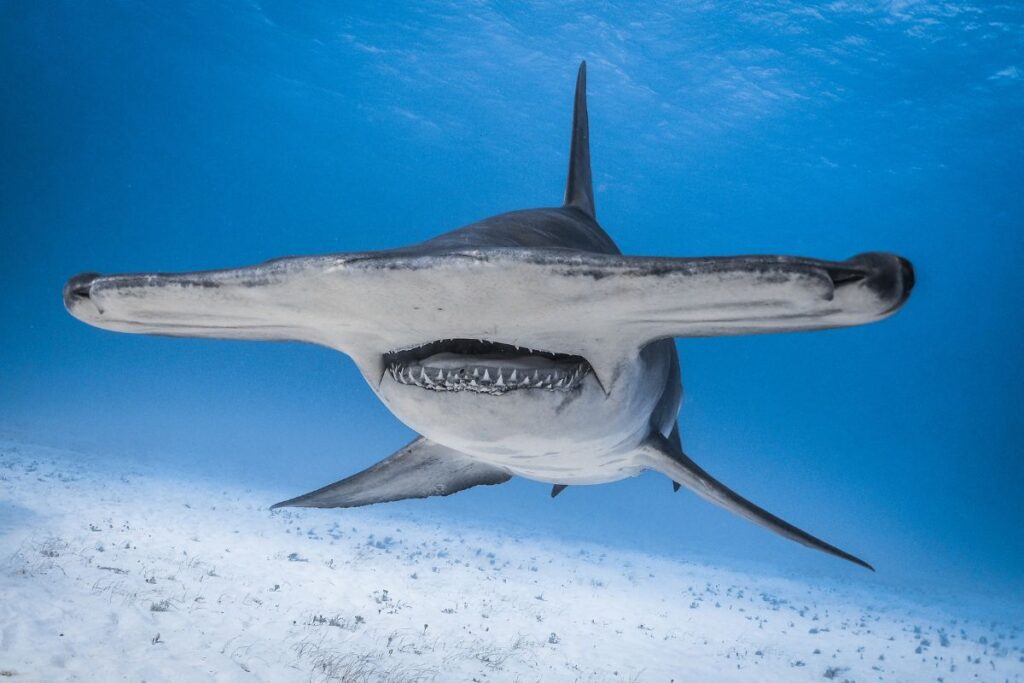
Why Are So Many Shark Species Endangered?
Unlike many fish species, sharks have slow reproductive rates, giving birth to few young after long gestation periods, which makes it difficult for populations to recover once depleted. Many shark species are endangered due to a combination of human-driven threats that have dramatically reduced their populations.
Overfishing and Shark Finning Crisis
One of the primary reasons why so many shark species are endangered is overfishing, both through targeted shark fisheries and as bycatch in commercial fishing operations. Sharks are often caught for their fins, used in shark fin soup, as well as for their meat, liver oil, and cartilage.
Climate Change and Ocean Acidification
Rising sea temperatures and increasing ocean acidity are placing immense stress on shark populations. Warmer waters can disrupt migration patterns and breeding grounds, while acidification threatens the coral reefs and prey species sharks rely on. These subtle but powerful shifts in ocean chemistry make survival even harder for species already under pressure from human activity.
Habitat Destruction and Coastal Development
Habitat destruction, particularly of critical nursery areas like mangroves and coral reefs, also plays a major role in why so many shark species are endangered. Climate change and pollution are also altering marine ecosystems and affecting shark prey availability.
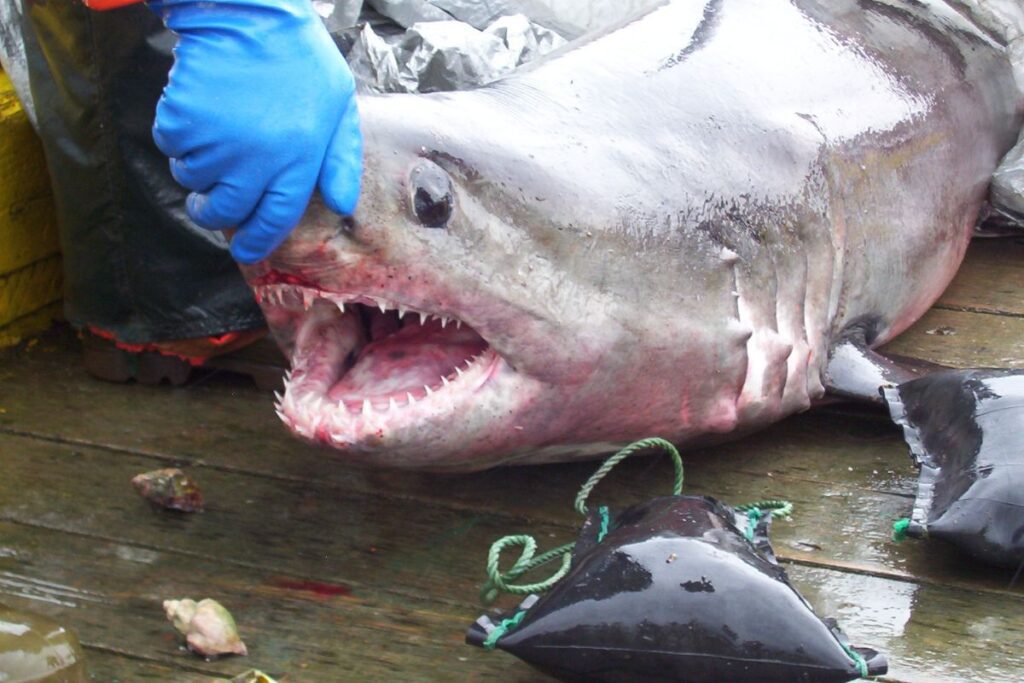
Regional Focus: Endangered Sharks in UK Waters
The British Isles are home to several species of shark in decline, with the angel shark being one of the most vulnerable. Once common around the UK, this species has now become extremely rare due to bottom trawling, which destroys its seafloor habitats.
Another critically endangered species is the tope shark, which uses areas like the Thames Estuary as nursery grounds. It is globally classified as endangered (critically) and is the focus of the Greater Thames Shark Project, aiming to better understand and protect its habitat. Other sharks, such as the spiny dogfish, are listed as critically endangered in the Northeast Atlantic, largely due to historical overfishing and ongoing bycatch issues.
Threatened Shark Species Around Cornwall
We’re fortunate to share our waters with a variety of shark species here in Cornwall, but several are considered threatened and need careful protection.
The graceful blue shark is classified as Near Threatened due to overfishing in international waters. The porbeagle shark, once heavily targeted for its meat, remains Vulnerable as populations struggle to recover. Even the magnificent basking shark, a gentle giant that visits our coast in summer, is listed as Endangered. By learning about these species and supporting responsible ecotourism, we can help ensure Cornwall’s shark visitors thrive for generations to come.
Conservation Efforts in British Waters
In Wales, The Angel Shark Project (launched in 2018 by the Zoological Society of London alongside Natural Resources Wales) engages fishers and local communities through citizen science to better understand and safeguard the critically endangered angel shark. This initiative evolved into Project SIARC (Sharks Inspiring Action and Research with Communities), expanding its focus to other sharks, skates, and rays and increasing public outreach. Notably, recent studies suggest populations may be more resilient than believed, with new methods like environmental DNA (eDNA) analysis offering a more accurate way to detect these elusive creatures.
In Scotland, conservation efforts benefit from advanced technologies and protected areas. Marine Protected Areas (MPAs) such as Loch Sunart to the Sound of Jura, Red Rocks and Longay, and the Sea of the Hebrides help safeguard vital habitats for flapper skates, basking sharks, and other elasmobranchs.
Across the UK, basking sharks are now classed as endangered. The Basking Shark Project, run by The Shark Trust, enlists citizen scientists to record sightings via an app or website, contributing to a national photo-ID database to monitor individuals and populations.
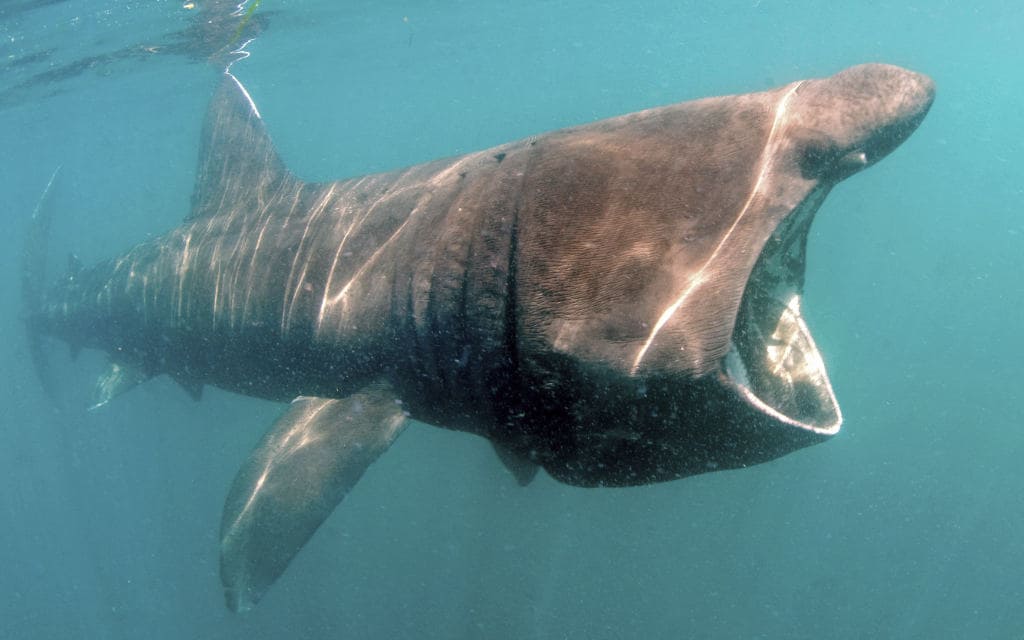
Conservation Success Stories: Hope for Shark Recovery
In recent years, conservation efforts have brought renewed hope for the recovery of some of the world’s most threatened shark species.
Through a combination of stronger fishing regulations, the creation of marine protected areas, and bans on shark finning, populations that were once in steep decline are beginning to show signs of resurgence.
Shark Species Making a Comeback
In places like the Pacific Ocean, great white shark numbers have been slowly climbing thanks to decades of protective policies and public awareness campaigns. Collaborative initiatives between governments, scientists, and local communities are proving that with sustained effort, shark populations can recover. These success stories serve as powerful reminders that conservation works, and that with continued commitment, the future for sharks can be a brighter one.
Innovative Conservation Technologies
Innovative conservation technologies are transforming the way we protect sharks and understand their role in ocean ecosystems.
From satellite tagging and drone surveillance to artificial intelligence and environmental DNA (eDNA) analysis, scientists now have powerful tools to track shark movements, identify critical habitats, and monitor populations with unprecedented accuracy. Even discarded shark cells in water can now be analysed through eDNA to determine which species are present in an area, without ever needing to see the animals.
A Spotlight on Endangered Shark Species
Great Hammerhead
The great hammerhead shark, one of the ocean’s most iconic predators, is currently listed as Critically Endangered on the IUCN Red List primarily due to overfishing and the high demand for its distinctive fins in the shark fin trade. Great hammerheads are particularly vulnerable because of their slow growth, late maturity, and low reproductive rates, with females only breeding once every two years.
Oceanic Whitetip
Known for its long, rounded pectoral fins and bold, inquisitive nature, the Oceanic Whitetip shark once roamed tropical and subtropical seas in significant numbers but is now listed as Critically Endangered on the IUCN Red List of threatened species. This dramatic decline is due primarily to intense overfishing and bycatch in pelagic longline and purse seine fisheries, as well as the high demand for its fins.
Angelshark
The angelshark, once common in the coastal waters of Europe and North Africa, is now listed as Critically Endangered on the IUCN Red List. Its population has plummeted due to habitat degradation, bottom trawling, and other forms of destructive fishing that have devastated its preferred sandy and muddy seabed habitats. As a bottom-dwelling species with a flattened body resembling a ray, the angelshark is especially susceptible to being caught unintentionally as bycatch. Today, sightings of angelsharks are rare, and their disappearance signals a troubling loss of biodiversity in European seas.
Basking Shark
The basking shark, the world’s second-largest fish, is currently listed as Endangered on the IUCN Red List, highlighting the ongoing threats to this gentle giant of the sea. Despite its massive size and intimidating appearance, the basking shark is a harmless filter feeder, cruising the oceans with its mouth wide open to consume plankton. Historically targeted for its oil-rich liver, meat, and fins, the species has suffered significant population declines due to overfishing and bycatch.
Sand Tiger Shark
The sand tiger shark, with its menacing appearance and protruding teeth, is often misunderstood but is actually a slow-moving, non-aggressive predator and is now listed as Critically Endangered on the IUCN Red List. Found in coastal waters around the world, this shark faces severe threats from overfishing, bycatch, and habitat degradation. Females give birth to just one or two pups at a time, as only the strongest embryos survive through a process known as intrauterine cannibalism. This low birth rate, combined with high demand for its fins and jaws, has led to alarming population declines.
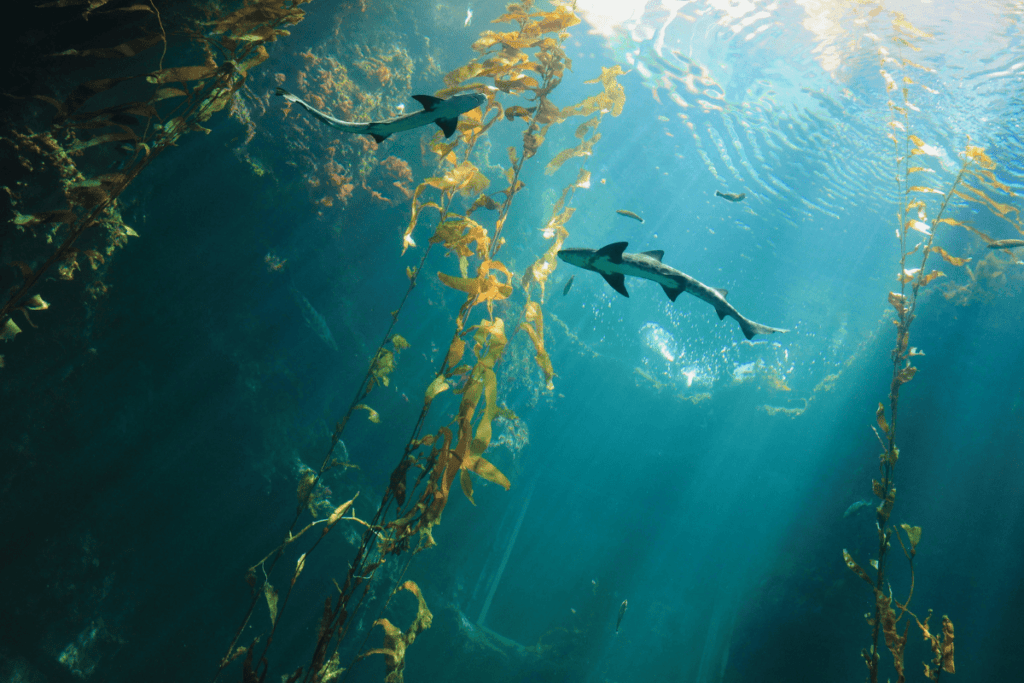
What You Can Do to Help Save Endangered Sharks
You can help protect endangered sharks by making conscious choices and supporting efforts that promote their survival.
Conservation Efforts and Challenges
Global efforts to protect sharks have grown in recent years, with treaties like the Convention on International Trade in Endangered Species of Wild Fauna and Flora (CITES) and the Convention on the Conservation of Migratory Species of Wild Animals (CMS) helping regulate international trade and protect migratory shark species.
Marine Protected Areas (MPAs) are another key tool, offering safe havens where sharks can feed, breed, and grow without the constant threat of fishing or habitat destruction.
Non-governmental organisations (NGOs) and governments play vital roles in these efforts. NGOs drive research, public awareness, and grassroots action, while governments create and enforce policies that support sustainable marine management.
Despite ongoing challenges, such as limited enforcement and illegal fishing, there are encouraging success stories from shark specialist groups around the world. In places like the Bahamas and Palau, where strong protections are in place, shark populations are showing signs of recovery, proving that well-managed conservation efforts can make a real difference.
Sustainable Seafood Choices
Many sharks are caught unintentionally in commercial fishing nets, so by selecting seafood that is certified by schemes such as the Marine Stewardship Council (MSC), consumers can support fisheries that use responsible practices. Opting for local, seasonal catches also lowers the carbon footprint of your meal and helps small-scale fishermen who often operate with lower-impact methods.
Supporting Shark Conservation Programs
Supporting conservation organisations, through donations, volunteering, or spreading their message, empowers the people working directly to protect sharks and their habitats. Raising awareness about the threats sharks face, whether through social media, conversations, or community events, helps educate others and build collective action.
Advocating for stronger protections, such as bans on shark finning, stricter fishing regulations, and the creation of marine protected areas, can lead to lasting policy changes that safeguard sharks for future generations. Every action, big or small, contributes to the global effort to save these vital ocean predators.
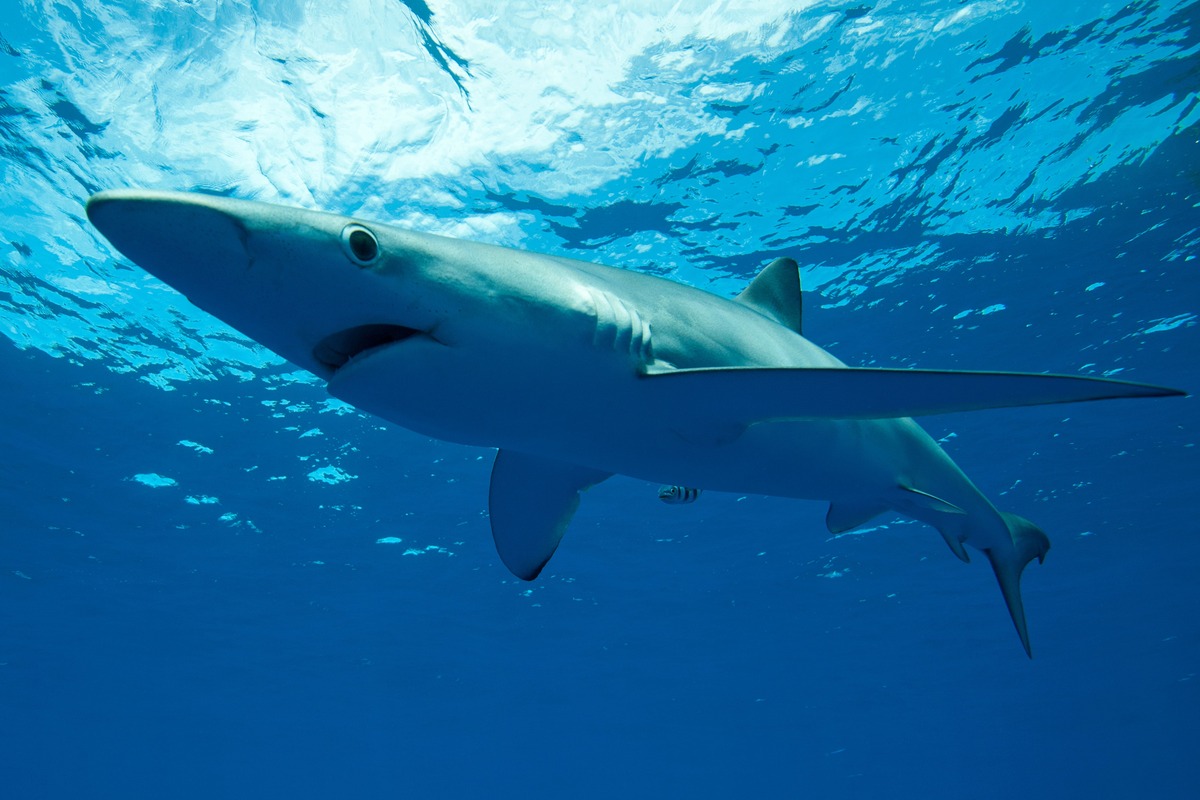
Conclusion
Sharks play a crucial role in maintaining the health and balance of marine ecosystems, yet many of these incredible creatures are now facing extinction. These apex predators have been evolving for over 400 million years, and their survival now depends on our willingness to act.
More than 400 shark and ray species are currently threatened. Despite bans on shark finning and international agreements, enforcement challenges and illegal fishing continue to threaten shark populations worldwide.
However, the good news is that conservation works. Where protections are strong, shark populations have shown signs of recovery. This means that our actions truly matter.
Protecting sharks is about preserving the ocean’s delicate web of life. By protecting sharks, we protect the future of our oceans and ourselves.
Frequently Asked Questions About Endangered Shark Species
What are the 10 most endangered animals?
While this blog focuses on how many shark species are endangered, it’s important to recognise that many species around the world are facing extinction. Some of the 10 most endangered animals include the orangutan, giant panda, tiger, vaquita, Asian elephant, snow leopard, blue whale, African wild dog, pangolin, and several critically endangered shark species. Each plays a vital role in its ecosystem, making conservation efforts crucial.
How many shark species are endangered?
According to the International Union for Conservation of Nature (IUCN), over one-third of all known shark species are threatened with extinction. As of 2025, this includes more than 150 species listed as endangered or critically endangered, with many more considered vulnerable. While the exact numbers shift as new data emerges, the overall trend reveals a worrying global decline in shark populations, driven by overfishing, bycatch, habitat loss, and climate change.
Are 90% of sharks gone?
Yes, research shows that global populations of oceanic sharks and rays have declined by more than 70% in the last 50 years, and some studies suggest that certain species have lost over 90% of their populations. This alarming decline highlights the urgent need for stronger protections and sustainable fishing practices.
Why are sharks important to the ocean?
Sharks are apex predators, meaning they play a crucial role in keeping marine ecosystems balanced. By regulating prey populations, they help maintain healthy fish stocks and resilient ocean habitats. Their decline can have cascading effects across the food chain.
What can I do to help protect endangered sharks?
You can make a difference by choosing sustainable seafood, reducing plastic use, supporting conservation charities, and spreading awareness. Joining eco-friendly marine tours, like those we run here in Padstow, also helps promote shark conservation through education and responsible tourism.

